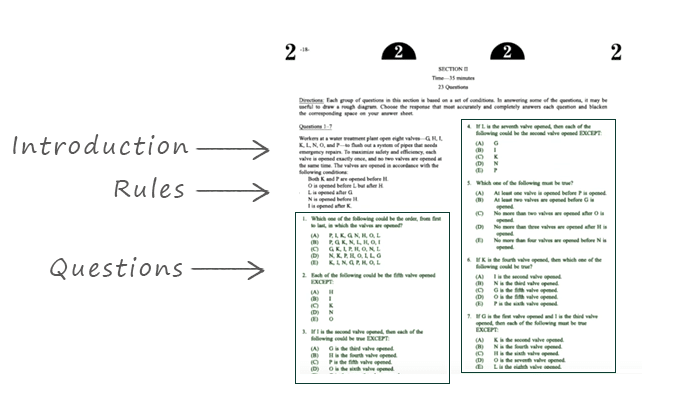What are Logic Games?
Analytical Reasoning (AKA “LSAT Logic Games”) asks you to diagram out complex statements in a methodical fashion to arrive at logical deductions. This is painstaking work that requires attention to detail. The good news is that for the last 20 years there have been only three major types of LSAT logic games:
- Ordering Games (also called “Linear Games”)
- Grouping Games (also called “Matching Games”)
- Hybrid Games (also called “Mixed Games”)
- We include Networking Games, but they’ve been rare on the LSAT for 20+ years, so we don’t suggest that you review them.









